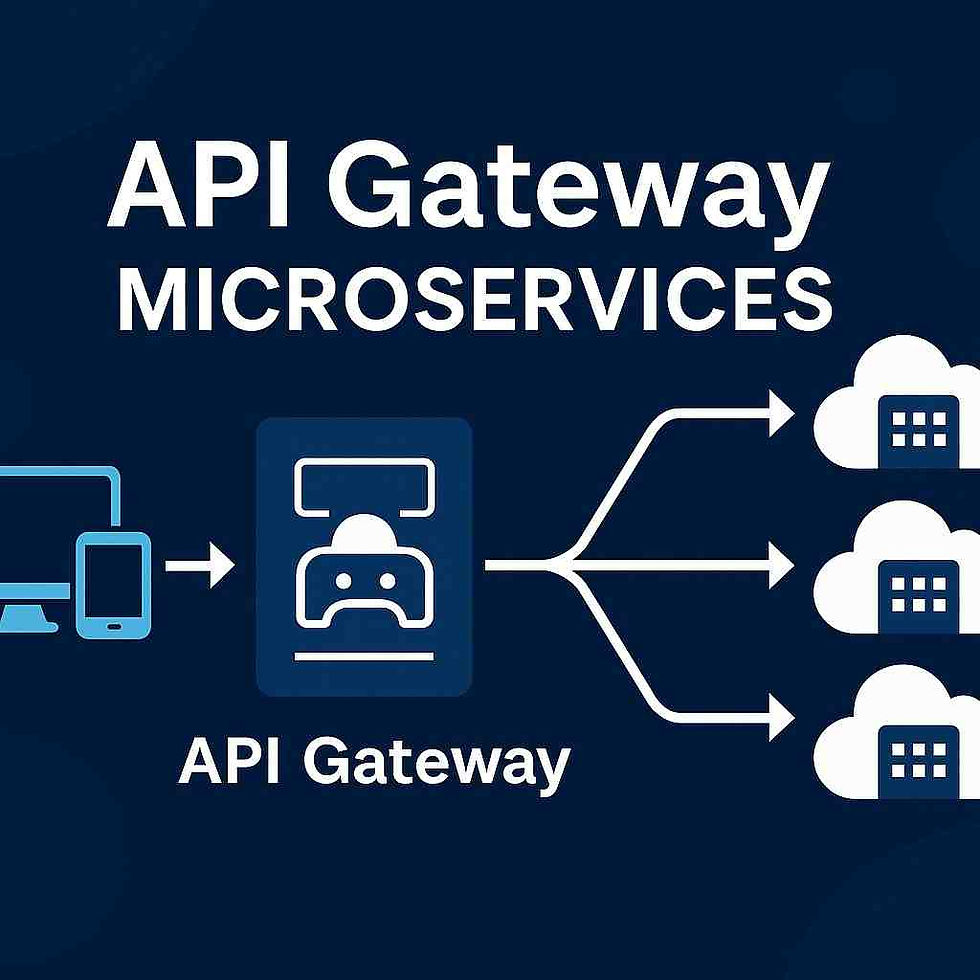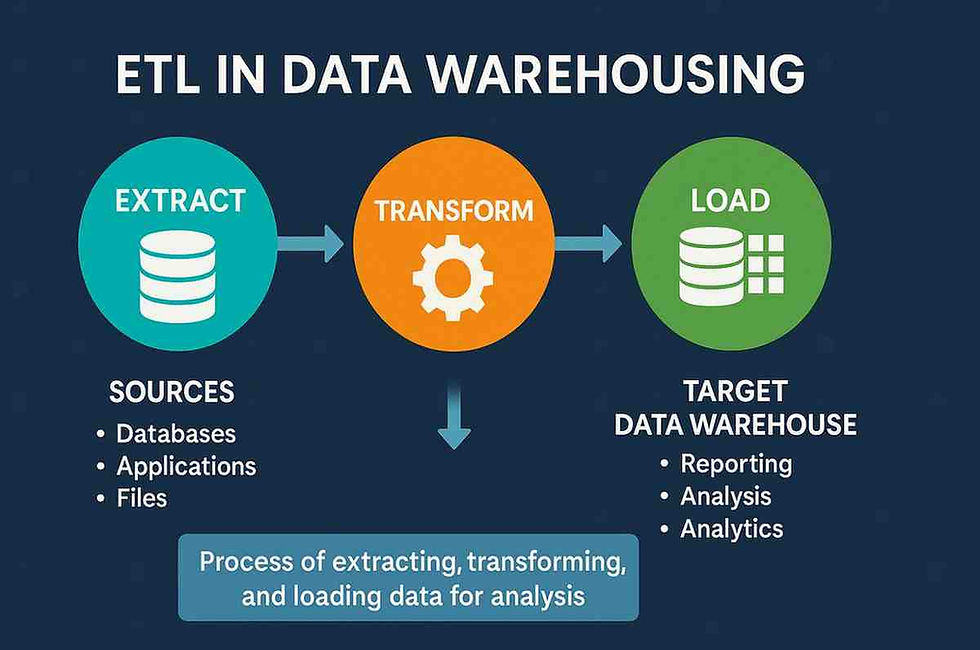Guide to Postman Interview Questions for QA Teams
- Gunashree RS
- Jan 8
- 5 min read
Postman is a widely used API testing tool that has become essential for Quality Assurance (QA) professionals. It provides an intuitive interface for creating, testing, and automating APIs, ensuring they function seamlessly. Preparing for a Postman-related interview can be daunting, especially when you want to showcase both technical proficiency and problem-solving abilities.
In this comprehensive guide, we will delve into the top Postman interview questions for QA teams, covering beginner to advanced-level topics, with clear explanations to help you prepare effectively.
Introduction to Postman
Postman is an API development and testing platform that simplifies creating, sharing, testing, and documenting APIs. QA teams use Postman to validate API functionality, performance, and security.
With its user-friendly interface and robust capabilities, Postman is indispensable for ensuring API reliability. Its compatibility with multiple protocols and support for automation makes it an ideal tool for QA teams.

Why Postman is Crucial for QA Teams
Postman streamlines the API testing process by offering:
Ease of Use: Intuitive interface for quick setup and testing.
Automation Support: Enable testing pipelines for continuous integration.
Collaboration Tools: Share collections and environments across teams.
Extensive Features: Support for pre-request scripts, test scripts, and more.
For QA teams, mastering Postman means improving the efficiency and accuracy of testing efforts, directly contributing to the success of software delivery.
Common Postman Features QA Professionals Should Know
Before diving into interview questions, it’s essential to understand the critical Postman features that QA professionals should be proficient in:
Collections: Organize API requests for easy access and execution.
Environments: Define variables for different testing stages (e.g., dev, QA, prod).
Pre-Request Scripts: Run scripts before API requests for custom logic.
Tests: Validate responses using assertions.
Monitors: Automate collection runs for periodic testing.
Postman Console: Debug API calls and analyze logs.
API Documentation: Generate and share detailed API documentation.
Beginner-Level Postman Interview Questions
1. What is Postman, and why is it used?
Postman is an API testing tool used for developing, testing, and documenting APIs. It simplifies testing by providing a GUI to make API calls without coding.
2. Explain the term “Collection” in Postman.
A Collection is a group of saved API requests organized into folders, allowing easy execution and sharing.
3. What is the environment in Postman?
An environment in Postman is a set of variables that can be reused across API requests, enabling testing across multiple stages.
4. How do you send a GET request using Postman?
Select the GET method in Postman, input the URL, click “Send,” and view the response in the interface.
5. What are assertions in Postman?
Assertions are used in test scripts to validate the response of an API, such as checking the status code or specific data.
Intermediate-Level Postman Interview Questions
1. What is the purpose of pre-request scripts in Postman?
Pre-request scripts execute JavaScript code before an API request is sent, often used to set dynamic variables or manipulate data.
2. How can you automate API testing in Postman?
Use the Postman Runner to execute collections and Newman for command-line execution in CI/CD pipelines.
3. What is the difference between a workspace and a collection?
A workspace is a collaborative space for a team, while a collection is a specific group of API requests.
4. Explain how to handle authentication in Postman.
Postman supports various authentication methods such as Basic Auth, OAuth 2.0, API Keys, and Bearer Tokens.
5. How do you import/export collections in Postman?
Collections can be exported as JSON files and imported into another Postman instance using the “Import” option.
Advanced Postman Interview Questions
1. What is Newman, and how is it related to Postman?
Newman is a CLI tool to run Postman collections outside the Postman app, often used for automation in CI/CD.
2. Describe how to validate complex JSON responses using Postman.
Use test scripts with JavaScript to parse and validate nested JSON structures.
3. How can Postman be integrated with Jenkins?
Integrate Postman collections with Jenkins using Newman, enabling automated testing in CI/CD workflows.
4. Explain how to use global variables in Postman.
Global variables are accessible across all requests and environments and useful for sharing common values like API base URLs.
5. What are monitors, and how do they benefit QA teams?
Monitors automate collection runs at scheduled intervals, providing consistent testing and alerting for issues.
Scenario-Based Questions and How to Approach Them
1. How would you test an API that returns paginated data?
Validate the total count and ensure that data on different pages is consistent. Use scripts to loop through pages automatically.
2. You receive a 500 Internal Server Error while testing an API. How do you troubleshoot?
Analyze the request and response logs in the Postman console, validate the API endpoint, and check headers and payloads.
3. How do you verify API security using Postman?
Test for unauthorized access by removing tokens, checking HTTPS responses, and simulating common attacks like SQL injection.
Behavioral Questions for QA Professionals Using Postman
How do you prioritize API tests in a high-pressure scenario?
Can you share an example where Postman helped identify a critical bug?
How do you ensure that your API tests are maintainable over time?
Best Practices for Answering Postman Interview Questions
Understand the Basics: Have a clear grasp of Postman’s features and terminologies.
Use Examples: Illustrate answers with real-world scenarios.
Practice Test Scripts: Showcase your ability to write and debug scripts.
Be Honest: Admit knowledge gaps while demonstrating a willingness to learn.
Tips for Preparing for a Postman-Focused QA Interview
Master Postman features like collections, variables, and test scripts.
Familiarize yourself with API concepts such as REST, JSON, and authentication methods.
Practice using Newman and CI/CD integrations.
Study scenario-based questions to showcase problem-solving skills.
FAQs
1. What is Postman primarily used for?
Postman is used by QA teams and developers for API testing, development, and automation.
2. Is Postman suitable for testing SOAP APIs?
Yes, Postman can be used for both REST and SOAP API testing.
3. What is the difference between global and local variables in Postman?
Global variables are accessible across collections, while local variables are specific to requests.
4. How can you debug failed API requests in Postman?
Use the Postman Console to analyze request logs, headers, and payloads.
5. What are Postman environments?
Environments store variables to switch between different setups, such as dev, QA, and prod.
6. Can Postman handle performance testing?
Postman is not designed for performance testing but can run basic load tests using iterations.
Conclusion
Postman is a game-changing tool for QA teams, enabling efficient API testing and collaboration. By mastering its features and preparing for common interview questions, QA professionals can confidently tackle any Postman-focused interview.
Key Takeaways
Postman is essential for API testing and automation.
Familiarity with Postman features like collections, variables, and scripts is critical.
Prepare for technical, scenario-based, and behavioral questions.
Practice using Postman with real APIs to enhance hands-on skills.




Comments